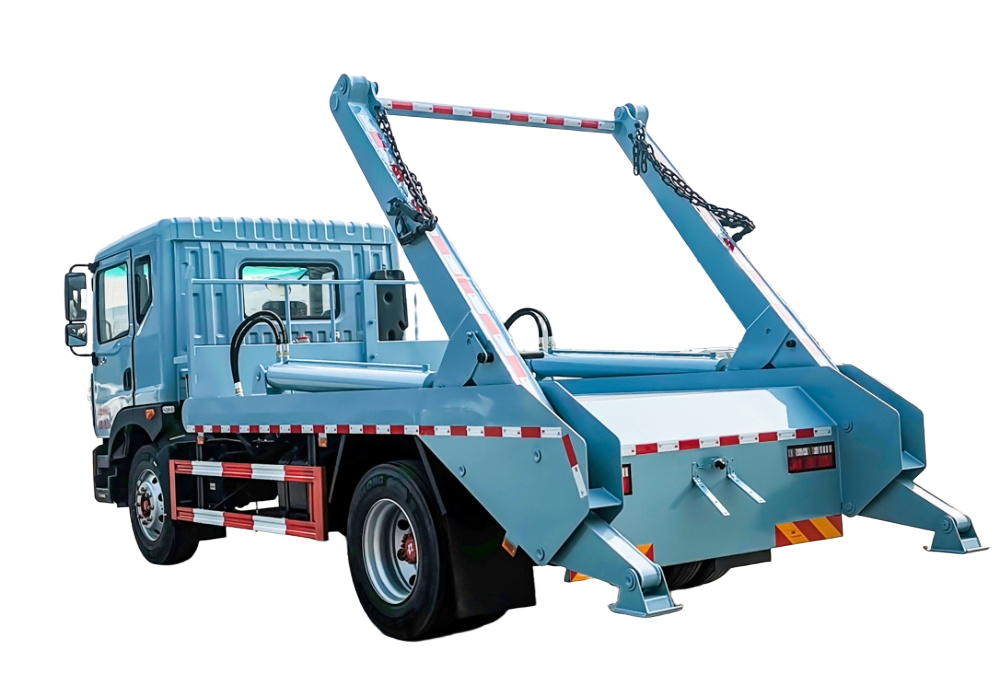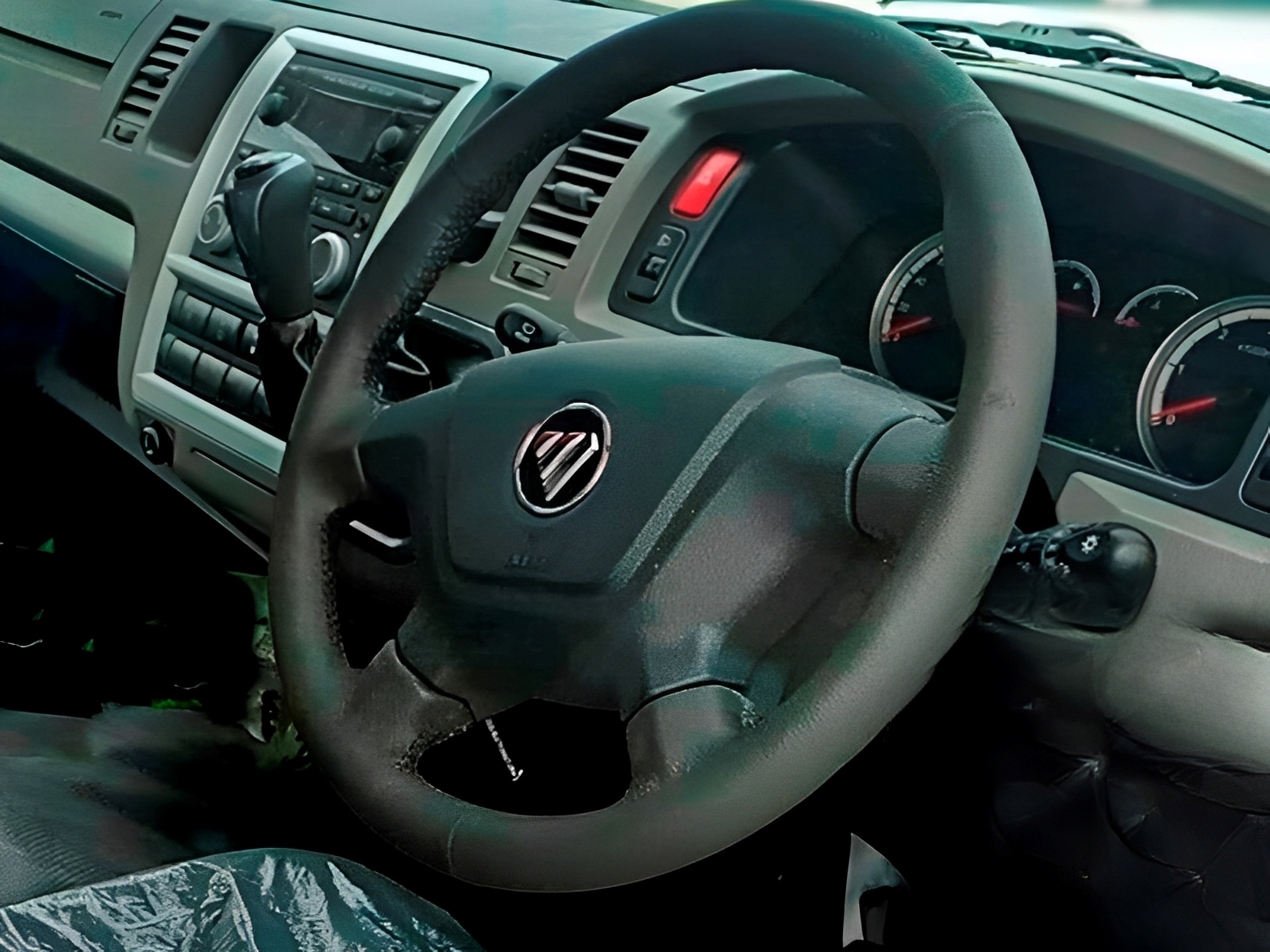Lease vs Purchase: How to Choose the Right Acquisition Strategy for Special Vehicle Fleets
Lease versus purchase represents fundamental financial decisions for special vehicle acquisition, yet selecting optimal procurement strategy demands careful evaluation of 8 critical financial factors. This comprehensive comparison analyzes cash flow impact (lease preserves capital vs purchase builds equity), tax implications, maintenance responsibility, technology upgrade flexibility, total cost, risk allocation, budget predictability, and end-of-term options.
While both approaches deliver operational capability, leasing arrangements excel in cash flow preservation and technology flexibility, whereas purchase strategies dominate in long-term cost effectiveness and asset ownership. We examine decisive trade-offs—from monthly payments ($8,000 lease vs $12,000 loan) to residual values—using financial data from 3,000+ vehicle acquisitions across municipal and private organizations.
Whether prioritizing lease flexibility or purchase equity building, our acquisition analysis equips you to select the optimal financial strategy. As China’s leading special vehicle manufacturer with extensive financing partnership experience, Chengli Group provides uniquely qualified insights into fleet acquisition optimization.
Cash Flow and Capital Preservation Analysis
Acquisition strategy fundamentally impacts organizational cash flow, capital allocation, and financial flexibility across budget cycles and operational requirements.
Lease Cash Flow Advantages
Leasing preserves working capital through lower initial payments and predictable monthly costs, enabling capital allocation to other organizational priorities while maintaining operational capability.
Capital Benefits: Lease arrangements typically require minimal down payment ($5,000-$15,000) compared to purchase down payments of 10-20% of vehicle value. Financial advantages include:
- Preserved credit lines for emergency requirements
- Enhanced cash flow predictability through fixed monthly payments
- Reduced capital requirements enabling fleet expansion
- Improved financial ratios through off-balance-sheet financing
Operating Leverage: Lease payments qualify as operating expenses providing immediate tax deduction benefits and improved financial statement presentation.
Purchase Equity Building
Vehicle purchase builds organizational assets through equity accumulation and ownership benefits, providing long-term financial value and operational control.
Ownership Benefits: Purchase creates tangible assets with residual value and disposal control enabling maximum lifecycle value realization. Financial advantages include:
- Asset ownership providing balance sheet value
- Equity building through principal payments
- Disposal timing and method control
- Potential appreciation in specialized vehicle markets
Depreciation Benefits: Owned vehicles provide tax depreciation deductions enabling significant tax benefits over vehicle service life.
Total Cost of Ownership Comparison
Lease Cost Structure Analysis
Lease arrangements provide predictable costs but typically result in higher total expense over vehicle lifetime due to lessor profit margins and risk premiums.
Lease Cost Components:
- Monthly payments: $6,000-$12,000 depending on vehicle value
- Disposition fees: $1,000-$3,000 at lease termination
- Excess wear charges: Variable based on vehicle condition
- Mileage penalties: $0.15-$0.30 per mile over limits
7-Year Lease Example (Fire Truck):
- Vehicle value: $600,000
- Monthly payment: $9,500
- Total payments: $798,000
- Disposition fee: $2,500
- Total lease cost: $800,500
Purchase Cost Analysis
Purchase arrangements require higher initial investment but typically deliver lower total cost through equity building and residual value retention.
Purchase Cost Structure:
- Down payment: $60,000-$120,000 (10-20% typical)
- Monthly payment: $7,200-$10,800 depending on terms
- Maintenance costs: $2,000-$4,000 annually
- Insurance: $3,000-$6,000 annually
7-Year Purchase Example (Fire Truck):
- Vehicle value: $600,000
- Down payment: $90,000 (15%)
- Financed amount: $510,000
- Monthly payment: $8,400 (6% APR)
- Total payments: $702,400
- Residual value: $180,000
- Net cost: $612,400
Maintenance Responsibility and Risk Allocation
Lease Maintenance Inclusion
Many lease arrangements include comprehensive maintenance coverage eliminating unexpected repair costs and providing predictable service expenses.
Maintenance Benefits:
- Comprehensive coverage including routine and major repairs
- Predictable maintenance costs through lease inclusion
- Professional maintenance ensuring optimal vehicle condition
- Reduced administrative burden for maintenance management
Risk Transfer: Lease arrangements transfer maintenance risk to lessor including major component failures and unexpected repair costs.
Purchase Maintenance Control
Vehicle ownership provides maintenance control enabling cost optimization through competitive service sourcing and preventive maintenance programs.
Ownership Advantages:
- Service provider selection and cost control
- Preventive maintenance program optimization
- Parts sourcing flexibility and cost management
- In-house maintenance capability development
Risk Retention: Ownership retains maintenance risk requiring budget allocation for unexpected repairs and major component replacement.
Technology Upgrade and Flexibility Considerations
Lease Technology Benefits
Lease arrangements enable regular technology updates through vehicle replacement cycles, ensuring access to latest safety features and operational capabilities.
Technology Advantages:
- Regular vehicle updates every 5-7 years typical
- Access to latest safety and emission technology
- Operational efficiency improvements through newer vehicles
- Reduced obsolescence risk for rapidly evolving technology
Upgrade Flexibility: Lease arrangements often include upgrade options enabling early vehicle replacement for technology advancement or changing operational requirements.
Purchase Technology Limitations
Vehicle ownership typically extends service life to 15-20 years, potentially limiting access to technological advancement and operational efficiency improvements.
Technology Considerations:
- Extended service life may limit technology access
- Retrofit costs for technology upgrades
- Operational efficiency decline over extended service life
- Potential regulatory compliance challenges with aging vehicles
Tax Implications and Financial Benefits
Lease Tax Advantages
Lease payments qualify as operating expenses providing immediate tax deduction benefits and simplified tax reporting compared to depreciation calculations.
Tax Benefits:
- 100% payment deductibility as operating expense
- Simplified tax reporting without depreciation calculations
- Immediate tax benefits through expense recognition
- Enhanced cash flow through tax deduction timing
Purchase Tax Benefits
Vehicle ownership provides depreciation deductions and interest expense benefits with potential tax advantages over lease arrangements depending on organizational structure.
Ownership Tax Benefits:
- Depreciation deductions over vehicle service life
- Interest expense deductibility for financed purchases
- Potential tax credits for alternative fuel vehicles
- Asset ownership providing balance sheet value
End-of-Term Options and Flexibility
Lease Termination Flexibility
Lease arrangements provide multiple end-of-term options including vehicle return, purchase, or replacement enabling operational flexibility.
Termination Options:
- Vehicle return with disposition fee payment
- Purchase option at predetermined residual value
- Lease extension for continued operation
- Early termination options with penalty assessment
Purchase Disposal Control
Vehicle ownership provides complete disposal control enabling optimal timing and method selection for maximum value realization.
Disposal Advantages:
- Disposal timing optimization for market conditions
- Sale method selection for maximum value realization
- Trade-in opportunities for fleet replacement
- Continued operation beyond typical lease terms
Decision Framework: Choosing Your Optimal Strategy
Leasing: Ideal Applications
Best suited for organizations prioritizing:
- Cash flow preservation and capital flexibility
- Technology access and regular vehicle updates
- Predictable costs and risk transfer
- Simplified maintenance and administrative burden
Optimal scenarios include:
- Growing organizations requiring capital preservation
- Technology-sensitive applications requiring regular updates
- Organizations with limited maintenance capability
- Budget-constrained operations requiring predictable costs
Purchase: Strategic Advantages
Preferred for operations emphasizing:
- Long-term cost minimization and equity building
- Operational control and maintenance flexibility
- Extended service life and asset ownership
- Maximum value realization over vehicle lifetime
Ideal applications include:
- Established organizations with stable operations
- Cost-conscious operations prioritizing long-term value
- Organizations with maintenance capability and expertise
- Applications requiring extended service life beyond lease terms
Risk Assessment and Mitigation
Lease Risk Factors:
- Higher total cost over vehicle lifetime
- Mileage and condition restrictions
- Limited modification and customization capability
- Dependency on lessor service and support
Purchase Risk Factors:
- Major repair and maintenance cost exposure
- Technology obsolescence over extended service life
- Residual value risk and disposal challenges
- Capital investment impact on organizational liquidity
Ultimately, leasing excels for organizations prioritizing cash flow flexibility and technology access, while purchasing serves operations emphasizing long-term cost control and asset ownership. Your ideal choice depends on whether operational flexibility and capital preservation (lease) or cost effectiveness and ownership control (purchase) aligns with organizational financial strategy and operational requirements.
As China’s premier special vehicle manufacturer serving customers across 80+ countries, Chengli Group partners with leading financial institutions to provide flexible acquisition solutions tailored to organizational requirements. Contact our financing specialists to explore optimal acquisition strategies for your fleet requirements and budget objectives.






